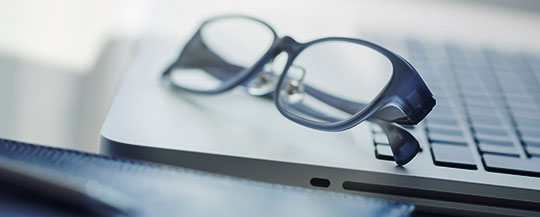What can digital marketing take from the election?
Barry Holder, Operations Director, Fantastic Media
The recent election, aside from providing a huge kicking to pollsters, highlighted a fascinating truth – there is more to marketing than just digital.
During every election since President Obama came to power, on the back of a social media whirlwind, we have been told that this will be the digital election, yet looking at how the public at large interact with parliamentary candidates, if not party leaders, the channels they use to market themselves are a blend of old and new.
For every sponsored Facebook post I saw from the Conservatives, I received a pamphlet in the post. For every email that came from the Labour party I received a ‘signed’ letter from David Cameron (I’m not sure the Prime Minister set up the mail merge himself but I stand to be corrected). PR stunts and opportunities (the Ed stone, Nick Clegg on the Last Leg, David Cameron getting pumped up) seemed to outweigh display ads and social media activity served largely to ridicule our dear leaders – @50shadesoftory is worth a follow on twitter for a few weeks.
It maybe that the British psyche just can’t handle ‘electioneering 2.0’, but with millennials making up nearly 20% of the electorate it proves the importance of getting your marketing mix balanced between digital and traditional marketing.
So how should you go about choosing the right channels for your business? This is where strategy comes in to help you determine what the most effective routes to market are. While direct response digital channels such as email, search and programmatic display are advantageous in being very easy to control spend, offline channels such as press advertising, DM, or sponsorship will complement activity and provide a measurable halo effect on conversions.
The key to ensuring a solid plan and strategy delivers results lies in execution, management and measurement of the campaign.
Which is where creative really comes in. Creative isn’t about pretty pictures or graphic design, it is about presentation of a proposition that has both resonance and relevance to customers. It should communicate the essence of the brand and product, create aspiration and inspiration. Returning to the election, and in general the appalling quality of most of the flyers I received, I’m surprised anyone was elected. Get this bit right and the execution of this in whatever channels you use will follow naturally.
At this point we return to our pollsters. Without fully understanding the machinations of polling organisations, it seems that the big problem they had was around sample sizes and understanding voter intent. The good news for marketers is that analytics software deals with both of these issues. Web analytics will allow you to understand which sources generated sales online from both the last interaction but will also assign credit to other channels along the customer journey. Additionally by integrating offline conversion channels via telephone call tracking with Universal Analytics we can understand how all our channels are contributing to sales and propensity to buy, and do so in real time.
Small adjustments can be made if we see that an individual channel isn’t performing as well as expected, a 1% swing in open rates delivered by a change in subject line for an email may deliver a 5% improvement in sales. Attribution models may tell us that running press advertising in selected titles delivered a 4% increase in average order when customers converted via organic search.
Of course to deliver all of this takes talent, planning and commitment, not to mention something your customers want to buy or engage with. However if you get the strategy right, use the right blend of digital and traditional marketing channels, you will deliver campaigns and results that can be managed in a much more effective manner than political parties – and avoid the need for a mass resignations the day after year end.





